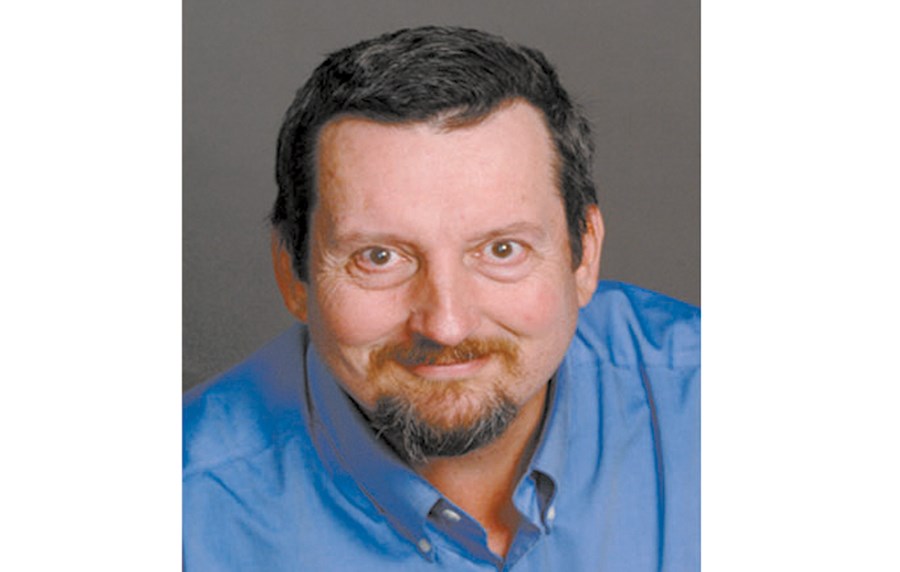Comic books are filled with superheroes possessing incredible powers.
Some get their powers through lab accidents, such as Spiderman being bitten by a radioactive spider or the Hulk being exposed to an intensive burst of gamma rays. Some get their powers from technology such as Batman and Iron Man, both of whom are ordinary humans with some really cool toys.
But in the Marvel Universe, the X-Men and their foes obtain their powers through mutation. As Dr. Xavier says: "Mutation is the key to our survival. It is what has allowed us to grow from single celled organisms to the dominant species on this planet."
And with that in mind, I am a mutant. But, at some level, so is every living creature on this Earth. Being a mutant is not unusual. Unfortunately, our mutations have not resulted in super powers. At least, not yet.
To be a little more accurate, it is likely that somewhere in my DNA are mutations in my genetic code. DNA consists of billions of base pair but only a small portion is actually genes. Humans have approximately 30,000 genes and it is likely that somewhere in those 30,000, a base pair or two got flipped.
The result is that I am unique. My DNA is slightly different and not simply the sum of my parent's DNA. It is certainly different from the DNA that my siblings have. Even in identical twins, DNA is not likely to be a perfect match. It is why, upon close examination, we can tell Daniel from Henrik Sedin.
Indeed, from a species perspective, it is a good thing that we are all unique otherwise we would all look the same and that would be boring. We would all be clones and our species would never have evolved to be the dominant species on this planet.
However, most differences in characteristics within a species can be covered under the rubric of normal genetic variation.
Simple differences in, say, eye colour do not imply mutations in my particular DNA. At some point in our evolutionary past, however, mutations in the gene that controls eye colour occurred allowing all of the variations that we presently see.
For example, biochemists have followed our evolutionary tree backwards by studying the way that DNA changes. They have identified a single gene, OCA2, which arose by a chance mutation approximately 8,000 years ago as the source of blue eyes. They have even postulated that all blue-eyed people may have a single common ancestor who lived at that time in area around the Black Sea.
Being a mutant is not something that is rare or dangerous. All of our genes have evolved through some form of mutation over an incredibly long period of time. This is actually a necessary step in our evolution as genetic variations - or genetic mutations - are the thing upon which natural selection works leading to evolution.
Each mutation is tested against the environment both within a cell and externally. One of three results occurs : either it makes an organism more likely to be successful in producing the next generation, less likely to be success or it has no effect at all.
The vast majority of mutations likely fall into the latter category having little or no effect. There is inherent redundancy built into the genetic code which allows for some changes in DNA bases without changing the genetic outcome. Small, single point mutations tend not to be deadly.
When they are deadly, such changes are usually bred out of the population very quickly. For a change to persist, it must have some genetic advantage to the population as a whole. For example, the gene for sickle cell anemia is an autosomal recessive. With both copies, it distorts the shape and function of red blood cells. But a single copy can confer protection against malaria. This is a case of deadly mutation in a gene having a beneficial side as well.
Mutations can also be beneficial although it is often in a much more subtle fashion. For example, where your bicep attaches to your fore arm influences the type of athletic activity best suited to your body. Some people are better at heavy lifting than others. Some are better at throwing than others. Such mutations are heritable from one generation to the next.
The characteristics that we display are an expression of our underlying genetic code. The mutations and modification of DNA during our evolution has resulted in characteristics that can then be acted upon by natural selection and ultimately determine our survival.
Whether or not an organism produces offspring is the ultimate test. A successful mutation results in a next generation that is better adapted to the ecological landscape. Natural selection is the ultimate judge of the fitness of mutations.



